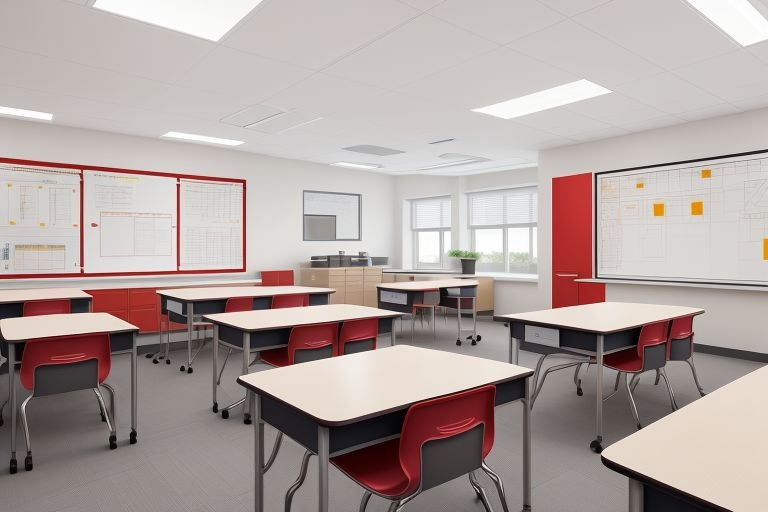✨ Get the Professional Look — Without the Professional Cost
At SpeakWalls™, we believe every wall deserves a second chance. With our Dry Erase Resurface Film, you can transform worn chalkboards or ghosted whiteboards into clean, brilliant writing surfaces — no demolition, no downtime.
This step-by-step guide shows how to achieve smooth, lasting results.
🧼 Step 1: Prepare Like a Pro
Surface prep is everything. A properly cleaned and leveled board is the foundation of a great installation.
✅ Clean the surface thoroughly — remove tape, glue, dust, and stains.
✅ Use Goo Gone® for stubborn residue.
✅ Spackle cracks and seams, then sand smooth.
✅ Wipe with a damp cloth to remove dust.
✅ For stained or uneven boards, apply a primer (Roman PRO-935).
Note: If you’re using XMag film, no primer is needed.
Pro Tip: Protect your floor with a drop cloth. Mask off side panels and hardware with vinyl and tape.
💦 Step 2: Wetting Solution = Zero Bubbles
You’ll need a mild wetting solution to help apply the film without air pockets.
🧴 Mix:
-
3 tablespoons dish soap per 1 gallon water
-
Use a pump sprayer
-
Test the surface: if it beads, dilute further
Let the surface “soak in” the solution before applying.
🧲 Step 3: Apply the Film (Team of 2–3 Recommended)
-
Measure the board and add 6–8 inches total (3–4 inches on each side). Dry-cut the film with the release paper still on.
-
Carefully re-roll the strip to prevent creasing.
-
Generously spray the entire board with wetting solution.
-
Peel back 10 inches of release paper; hold it while a second installer unrolls the rest.
-
Hold the strip taut above the board — don’t let the adhesive touch anything yet.
-
Anchor one top corner, then quickly squeegee across the horizontal middle.
-
One hand up, one hand down: Guide with top hand, press with bottom hand.
-
Wrap the squeegee in cloth, work from center outward to eliminate bubbles.
-
Trim smart: Use a miter cut in corners and trim tight to the inside of the frame.
-
Repeat on all sides, then do a final pass with the cloth-wrapped squeegee.
-
Clean the surface with mild soap, rinse, and dry.
-
One hour later: Inspect and press out any remaining bubbles.
✅ Your New Surface Is Ready
You’ve now installed a high-performance dry erase surface — smooth, bright, and built to last.
SpeakWalls™ surfaces are trusted in schools, offices, and creative studios worldwide. Now you’ve got that same performance — right where you need it.
